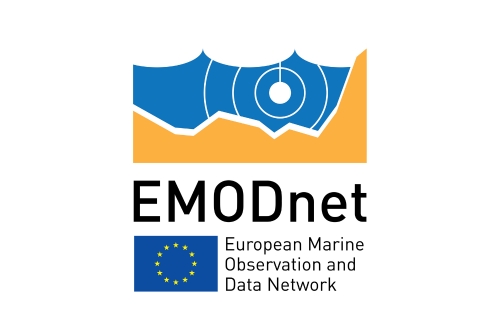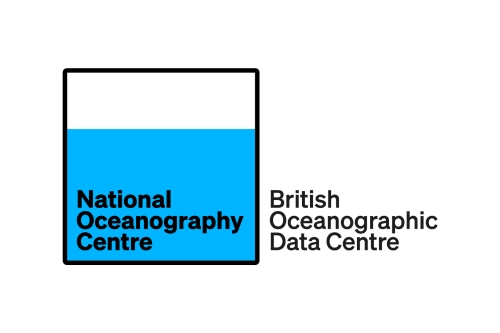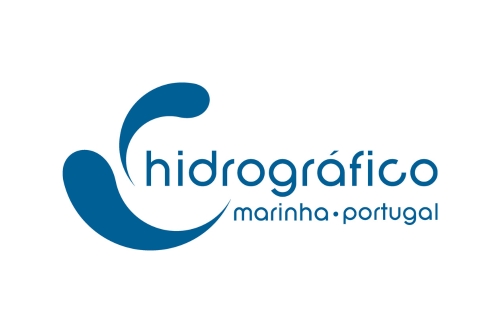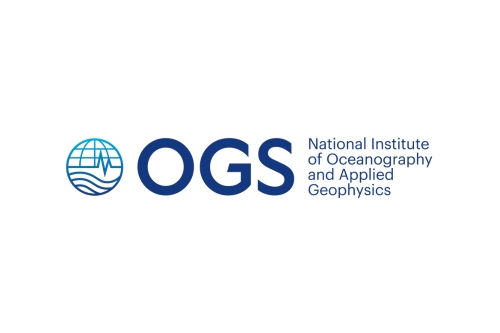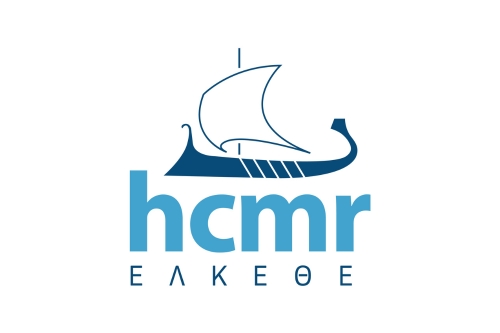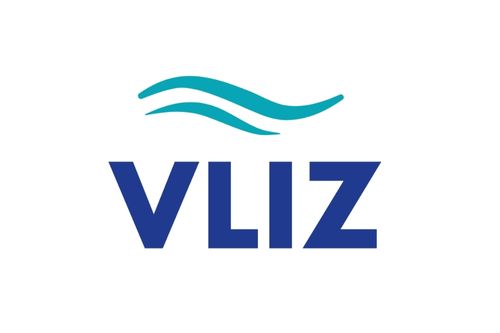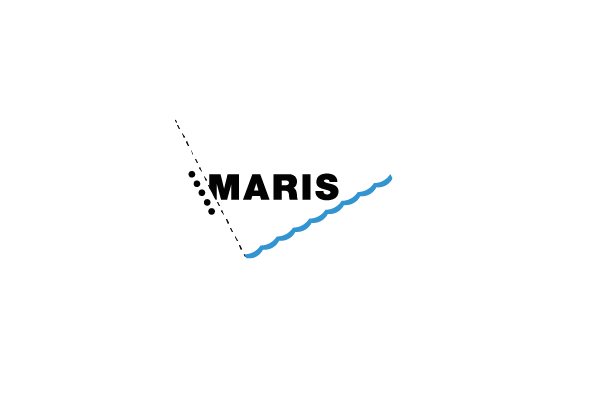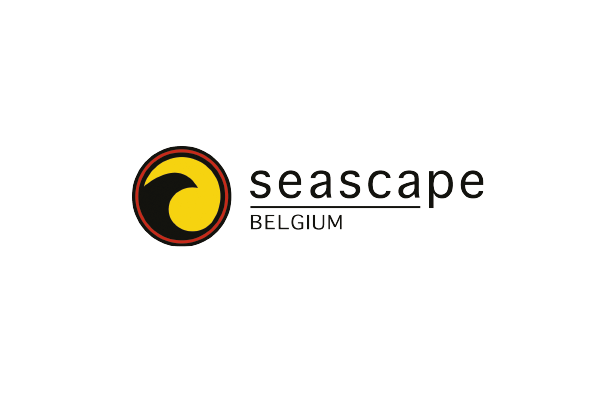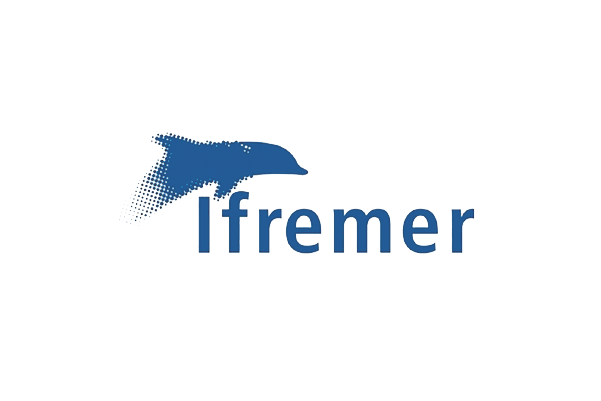🌊 Familiar with Blue-Cloud's Services? Fill in our Consultation!
EMODnet
About
The European Marine Observation and Data Network (EMODnet) is a network of organisations supported by the EU’s integrated maritime policy. These organisations work together to observe the sea, process the data according to international standards and make that information freely available as interoperable data layers and data products.
This "collect once and use many times" philosophy benefits all marine data users, including policy makers, scientists, private industry and the public. It has been estimated that such an integrated marine data policy will save at least one billion Euros per year, as well as opening up new opportunities for innovation and growth.
EMODnet provides access to European marine data across seven discipline-based themes: Bathymetry, Biology, Chemistry, Geology, Human Activities, Physics, Seabed Habitats, three of which are federated or are being federated into Blue-Cloud.
Type & number of data sets
EMODnet develops interoperable services that simplify the interaction between different machines and promote the exchange of European seas and ocean data and metadata. EMODnet offers more than 800.000 datasets and registered more than 140.000 manual data download requests and more than 1.300.000 web services transactions in the last 2 years.
Role in Blue-Cloud
Some EMODnet portals are already exploring the use of Virtual Research Environments for speeding up product generation chains, for validating and harmonising the processing of large collections of data sets and for generating derived data products. Therefore, EMODnet has an interest in the VRE activities of the Blue-Cloud, next to providing access to its harmonised data collections through the Blue-Cloud Data Discovery & Access Service and for use in the Blue-Cloud Virtual Research Environment (VRE) and its Virtual Labs.
In particular, Blue-Cloud Virtual Labs are integrating diverse data from EMODnet. For example, biodiversity and environmental data (relevant for Plankton Genomics), physics, biology, chemistry data (relevant for Marine Environmental Indicators), biology and coastlines data (relevant for Fish, a matter of scales), and in-situ environmental data for ground-truthing and European marine topography (relevant for Aquaculture Monitor).
Moreover, the EMODnet potential is exploited to create a bridge between Blue-Cloud and the other EU-funded projects the consortium has established synergies with (e.g. AQUA-Lit, ENVRI-FAIR).
EMODnet Biology / EurOBIS
EMODnet Biology provides open and free access to interoperable data and data products on temporal and spatial distribution of marine species (angiosperms, benthos, birds, fish, macroalgae, mammals, phytoplankton, reptiles, zooplankton) and species traits from European regional seas, as defined by the EEA’s 'Europe’s seas’ dataset (Arctic Ocean, (North) Atlantic Ocean, Baltic Sea, Black Sea, Mediterranean Sea and North Sea).
It was successfully federated in Blue-Cloud during the Horizon 2020 pilot project. Learn more
EMODnet Chemistry
EMODnet Chemistry provides easy access to marine chemical data, standardised harmonised validated data collections and reliable data products, which are highly relevant to assessing ecosystem status according to the Marine Strategy Framework Directive, for all European marine regions.
It was successfully federated in Blue-Cloud during the Horizon 2020 pilot project.
EMODnet Physics
EMODnet Physics is an upstream ocean data integrating service. It builds on the discovery of data sources or providers and their connection to the EMODnet Physics infrastructure. It provides a single point of access to in situ ocean physics time-series data and vertical profiles, data products and metadata built with common standards, free of charge and no restrictions.
The available parameters cover temperature, salinity and currents profiles, sea level trends, wave height and period, wind speed and direction, water turbidity (light attenuation), underwater noise, river flow, and sea-ice coverage.
It is one of the new blue data infrastructures federated in Blue-Cloud 2026, making its data available via the Data Discovery & Access Service.
